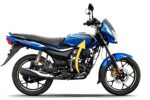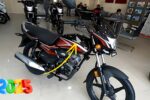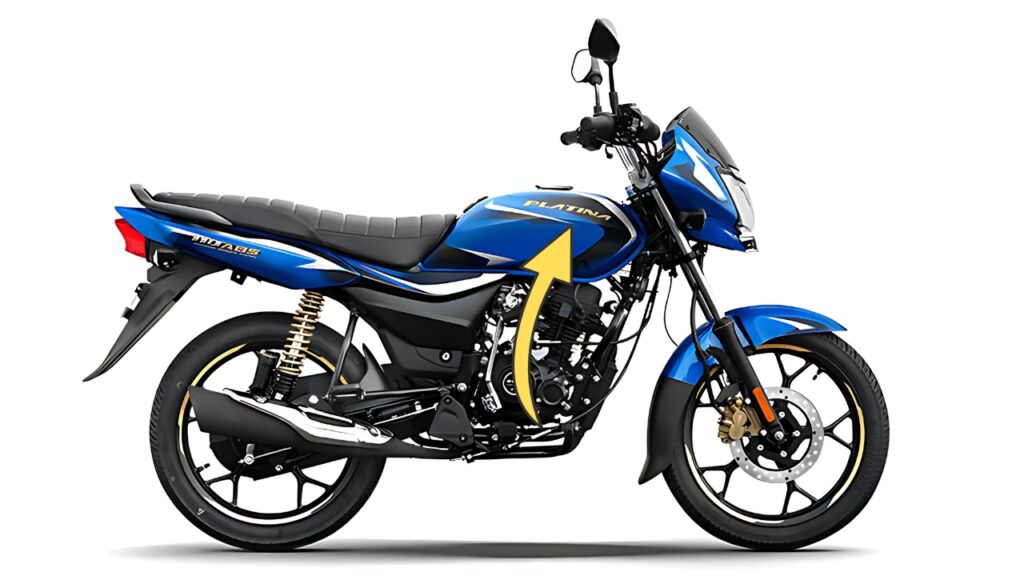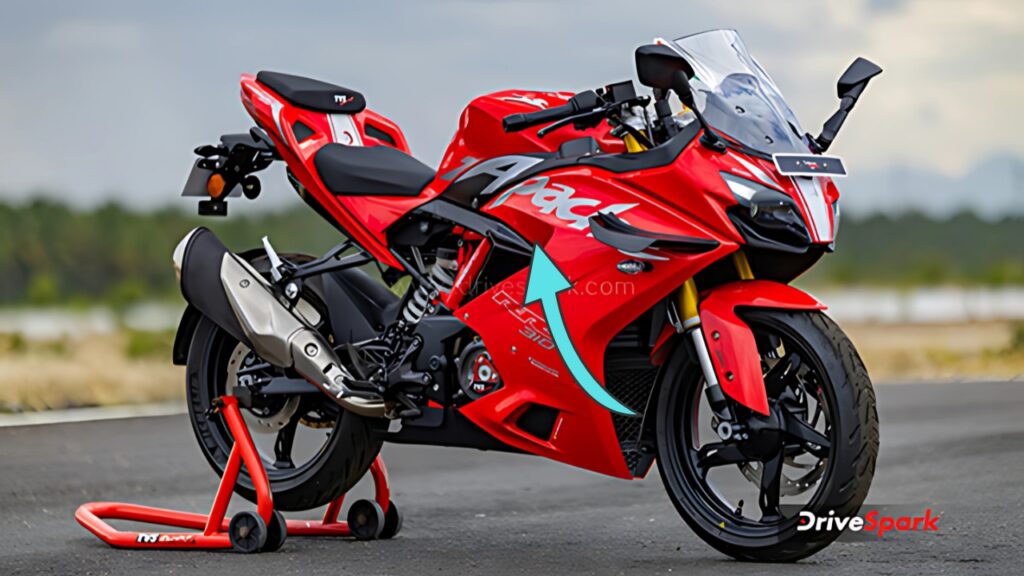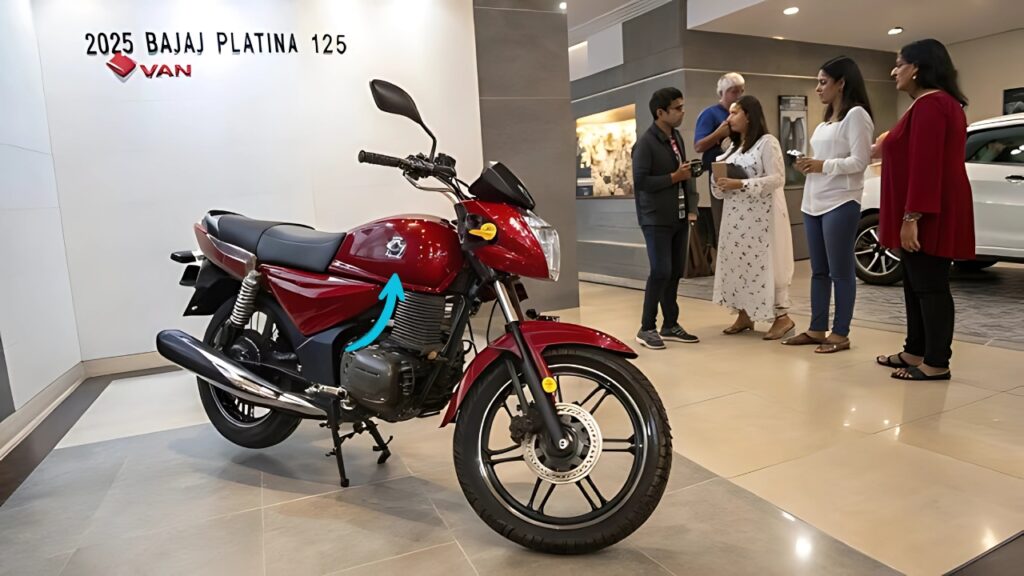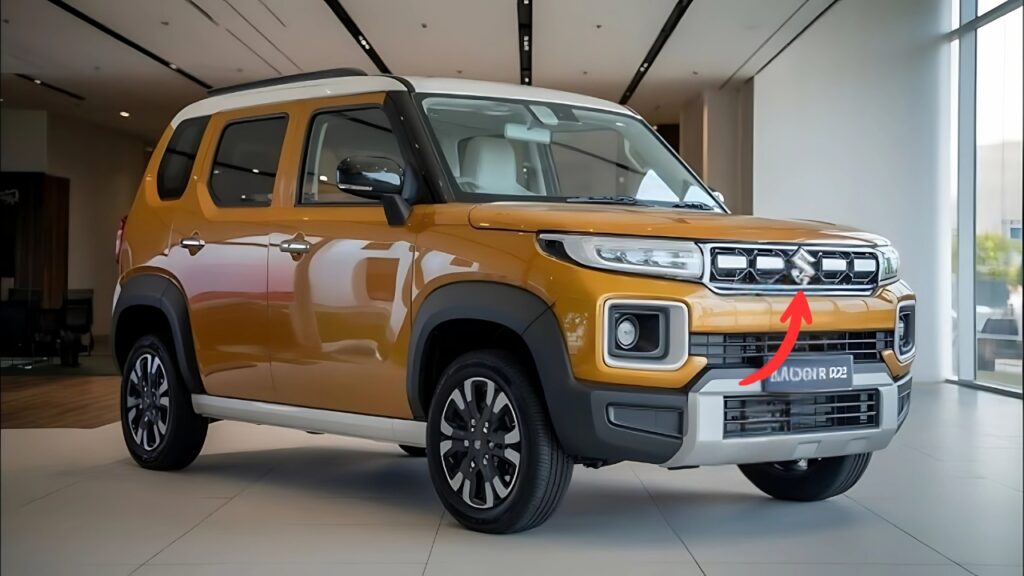Honda Amaze : Honda has taken the covers off the all-new Amaze and boy, the next-gen compact sedan is an absolute all-new model in the making this time around.
The third generation model brings a new wave of sharper styling, better cabin quality, better powertrains and a massive leap in technology that seeks to challenge what buyers expect from a vehicle in this fierce segment of the market.
With this ground-up redesign, Honda is hoping to regain that momentum against both traditional sedan competitors and the increasingly crowded pack of compact SUVs competing for consumers’ interest.
Table of Contents
Honda Amaze Striking Exterior Design Indicates New Way Ahead
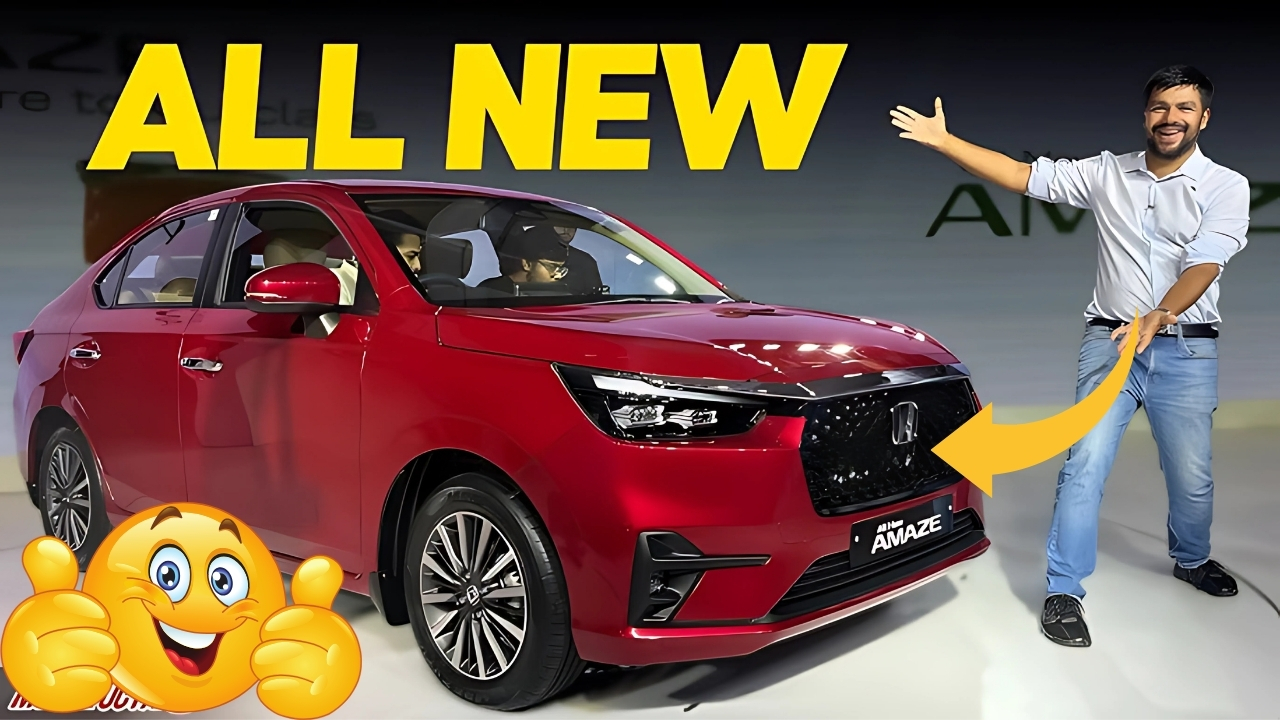
The 2025 Amaze has an instantly noticeable stronger design than the outgoing version that replace, making a clear departure from the generations’ sleek look.
Up front, the front fascia now has a larger hexagonal grille with horizontal slats and a thick chrome bar that stretches into the headlamps, for a more cohesive and upscale look.
The headlamps themselves have also been redesigned and are of a much slimmer LED design with distinctive L-shaped LED daytime running lights called L-integrated signature which ensures that the new LS has a memorable signature both through the day and night.
The hood adds some more character lines that lead to an entirely new body side, which features bolder lines at the shoulder and lower doors for a more aggressive look.
The greenhouse has a similar shape, in part to preserve interior space, but now the blacked-out B-pillars contribute to a more premium, floating-roof effect on higher trims.
At the back, the redesign carries on back there as well, with wider, wrap-around LED taillights linked by a chrome strip across the back highlighting the car’s width, and an integrated trunk lid spoiler that provides a subtle performance accent.
“We have adopted a stronger approach with the new Amaze design,” explained Mamoru Shinohara, Honda’s Chief Designer in charge of the project.
“Our studies showed that the market desires expressive design in this collective segment and with improving incomes the timeless urban utility that the segment stands for becomes even more relevant in the lives of the Indian consumer.
Its actual dimensions are well within the all-important sub-4-metre tax-advantaged size of 3,995mm overall length, but it looks a fair bit larger, visually bulked up by a 20mm increase in width (now 1,695mm) and slightly lower roofline (1,500mm), the combination giving the car a squatter, more planted stance.
The wheelbase remains the same at 2,470mm, so the cabin space that’s been a huge selling point for the model remains as capacious as ever.
Ground clearance remains unchanged at 165mm to tackle diverse road surfaces whereas higher variants now get 16-inch dual-tone alloy wheels with a complex multi-spoke design (replacing 15-inchers on the earlier model) to fill their wheel wells better and enhance presence.
Honda Amaze Giant Jump in Cabin Quality Satisfies Customer Strobes
There also are even more radical changes – after hearing customer criticism about interior build quality and tech features, Honda has gone to town once you open the door.
The new dash gets a full horizontal format and uses layers for an interesting look that also keeps usability in mind.
Materials quality is more pleasant to the touch, upper surfaces being all soft-touch while contrast-stitching on upper trims and metallic accents open the dashboard from being completely black.
At the heart of this new look interior is a bold new 9-inch HD touchscreen infotainment system; a standalone unit that replaces the previous integrated 7-inch display.
This floating arrangement not only reflects the hottest design trends, it makes the car feel even more premium than it already does and it also offers better visibility for the driver.
The system comes with wireless Apple CarPlay and Android Auto integration, optional built-in navigation on upper trims and a much more responsive interface than before, complete with a customizable tile-based layout.
A redesigned instrument cluster resides behind the new leather-wrapped steering wheel and features analog gauges and a 7-inch TFT multi-information display (MID) that provides multiple information screens as well as high levels of customization.
An ambient air package on the more expensive trims comes with eight available colors that softly light up door panels and footwells at night, giving you a more premium ambiance.
Seating comfort: gets a lot of attention with new-look front seats that promise an improvement in lateral support and longer cushions that are expected to provide better thigh support during long trips.
For rear passengers, Ford revised the seatback angles, added more padding and installed a new-for-mid-grade models fold-down center armrest with cupholders. Legroom is the same as before (due to the wheelbase, it cannot change much) but redesigned seats make it feel roomier.
“There was no compromise on the interior quality in this generation,” said Rajesh Goel, senior vice president at Honda Cars India.
“We benchmarked it in terms of materials and assembly standards against vehicles one segment higher, so we can bring a real premium driving experience that customers wouldn’t expect.”
Honda Amaze Technological and Connectivity Improvements
The technology package gets an extensive refresh with the addition of Honda Connect – a connected car system that offers a new level of convenience and safety including a dedicated smartphone application and quick access to support in a Honda showrooms across the country.
This also enables owners to lock/unlock doors, check vehicle status, get geofence alerts, get trip information all from their smartphone.
Higher-spec versions add wireless phone charging, auto climate control with rear vents, and an all-new 8-speaker sound system that has been individually tuned for the Amaze’s cabin acoustics.
Driver assists systems now largely centre on a multi-view reverse camera with dynamic guidelines, rear parking sensors across the board, auto headlamps and wipers in higher grades and… that’s about it.
The current top version also features a tyre pressure monitor that reads individual wheel pressures (a first in this class).
There are also two USB-C ports, which supersede the previous USB-A connections, recognising the shift in device standards, then a 12V socket for old school equipment.
The Bluetooth has been updated to dual-device pair, which is a new feature that can allow one phone to connect to take calls, while the other can be used to play media — a nice touch for those who have one work phone and one play phone.
SOPHISTICATEDLY DRIVETRAINS WITH EFFICIENCIES PUSHED TO EXTREME
No noticeable changes in what’s under the hood: Honda is still selling both petrol and diesel powertrains, albeit with a significant amount of refinement.
The 1.2-litre i-VTEC petrol engine benefits from enhanced combustion efficiency, reduced friction and updated engine management software 90PS is delivered at 6,000rpm, while torque is now 110Nm at 4,800rpm, for greater response at lower engine speeds in urban conditions.
The engine is offered with a reworked 5-speed manual transmission with shorter throws and better shift quality, or a reworked CVT automatic transmission that lessens the “rubber-band” effect during acceleration.
The 1.5-liter i-DTEC diesel engine stills makes 100PS, but gets new noise insulation material and modified engine mounts that result in a perceptible reduction of noise and harshness on the inside.
Unlike most rivals in this class, which have dropped their diesel offerings, Honda has opted to keep faith in the diesel and accept that there remained demand for all those buyers wanting economy and big-mile cruising.
All powertrain combinations have seen less than 1km/ increase in fuel economy numbers with the petrol-manual now boasting 18.7 km/l (up from 18.6 km/l) and the diesel-manual returning a healthy 25.2 km/l under test conditions.
Those efficiency improvements can be attributed to a mix of better aerodynamics, low-rolling-resistance tires, and better powertrain calibration.
Safety kit has also intensified as all configurations now get dual front airbags, ABS with EBD and rear parking sensors as standard.
A side and curtain airbag option on increase spec models (the tally is six in total – a figure that surpasses necessarily safety regulations and is impossible to transfer to price) CALLBACK.
Most versions feature vehicle stability assist, hill start assist, and emergency stop signal system as standard, rather than the preserve of high-end models.
At its core is the ACE (Advanced Compatibility Engineering body structure), is designed to prevent crashes by spreading out the energy should a crash occur.
The improvements to the Model S means that the company is anticipating better crash test ratings, but official numbers are yet to be released.
Honda Amaze Market Position and Competitive Perspective
Hey there, would you like to get such an essay? How about receiving a customized one? In the time since the last generation launched, the competitive landscape has changed quite a bit – a number of opponents have left the segment entirely or decreased the number of sedan models they offer in favor of SUVs.
“We’ve redefined our priorities and the Amaze is our answer to change.” “We have a strong presence in the compact sedan segment and we are committed to it,” stressed Kunal Behl, VP, marketing and sales.
“Our study reveals a vast segment of customers who still value the sedan for its inherent values of comfort, safety and driving appeal that a low-slung limousine offers.”
In a sea of new launches where waiting periods have been an issue in the first couple of years from launch, where the current Tapukara, Rajasthan plant of HMSI is making about 8,000 units a month, the company may not face production woes at launch, and be able to take the case to the competition instead.
This extensive redesign proves Honda’s unwavering philosophy of investing in the future with advanced and innovative design & Technology, the 10th generation Honda Amaze is built on an all new platform.
